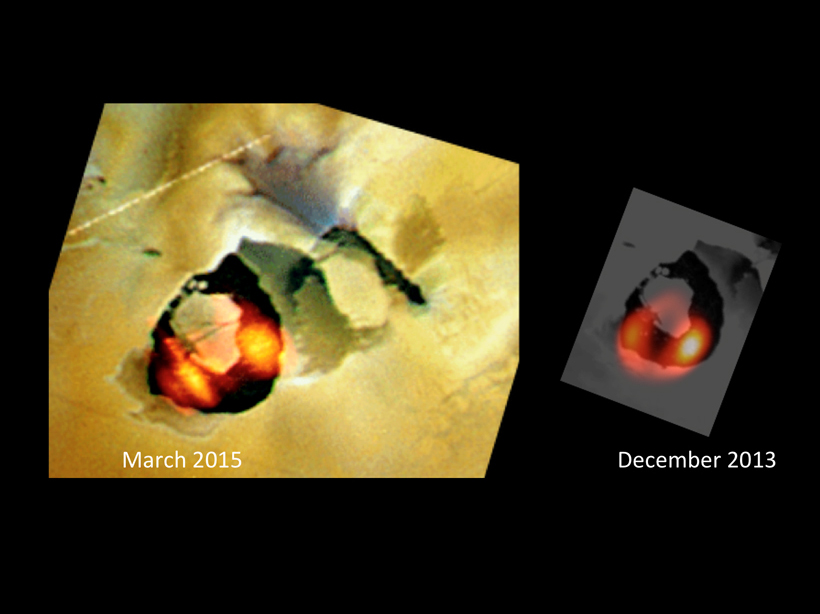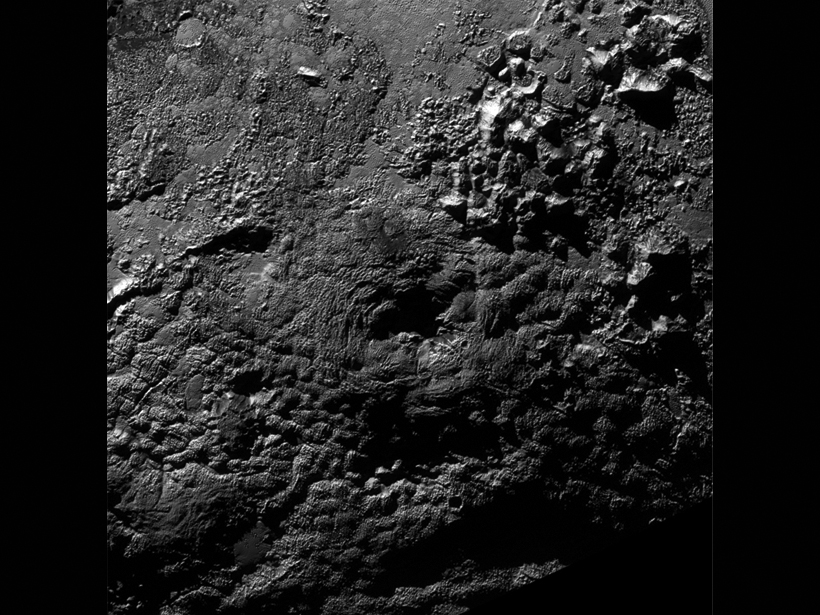On the way to its demise, the probe intimately viewed a dust-spewing pit and measured close up the gravity field, temperature, and other features of the comet.
R. Cowen
Proposed Planet Nine Elicits Cheers, Yawns, Hunt for Proof
Evidence of a large, unseen planet at the solar system's margins prompted a flurry of scientific paper downloads, as well as oodles of skepticism. There's no sighting yet of the purported body.
New Step Toward Finding Earth 2.0
Researchers unveil a way to tease out the wobble of a star caused by unseen planets despite the confounding effects of star spots, which are the sunspots of distant stars.
World Without Time
On New Year's Day 2019, a spacecraft known for its historic flyby of Pluto will take an unprecedented look into the distant past by flying right up to a frozen remnant of the original solar system.
Exoplanets: First Baby Pictures Unveiled
New observations of stars hundreds of light-years from Earth reveal evidence of planets still surrounded by disks of the primordial materials they grow from.
Jupiter's Europa Helps Earthlings See Sister Moon's Volcano
By briefly slipping between Earth and sister Jovian moon Io, Europa fortuitously enabled an Earth-based telescope to observe, with greater detail than ever before, a huge, puzzling volcano on Io.
The Dwarf Planet That Came in from the Cold—Maybe
The presence of ammonia-rich clay on much of the surface of Ceres suggests that this dwarf planet—the largest object in the asteroid belt—may have formed far out in the solar system, then wandered in.
Pluto: In the Icebox but Maybe Still Cookin'
New evidence of ice volcanoes and of middle-aged terrains on Pluto's surface suggests that the dwarf planet has remained geologically active ever since it first formed billions of years ago.
New Spin on Pluto's Moons
Strangely speedy rotation rates of Pluto's tiny orbiting companions show up in a trove of images taken as the New Horizons spacecraft approached the dwarf planet last spring and early summer.
The Art and Science of Hubble's Images
How do Hubble images get their vivid colors and subtle shading?










